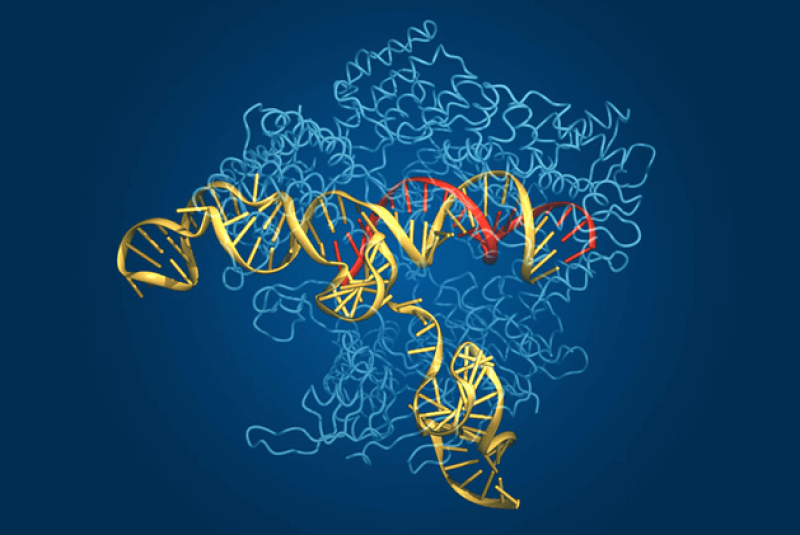The GLP aggregated and excerpted this blog/article to reflect the diversity of news, opinion and analysis.
It was conceived after a yogurt company in 2007 identified an unexpected defense mechanism that its bacteria use to fight off viruses. A birth announcement came in 2012, followed by crucial first steps in 2013 and a massive growth spurt last year. Now, it has matured into a molecular marvel, and much of the world — not just biologists — is taking notice of the genome-editing method CRISPR, Science’s 2015 Breakthrough of the Year.
CRISPR has appeared in Breakthrough sections twice before, in 2012 and 2013, each time as a runner-up in combination with other genome-editing techniques. But this is the year it broke away from the pack, revealing its true power in a series of spectacular achievements. Two striking examples — the creation of a long-sought “gene drive” that could eliminate pests or the diseases they carry, and the first deliberate editing of the DNA of human embryos — debuted to headlines and concern. Each announcement roiled the science policy world. The embryo work (done in China with nonviable embryos from a fertility clinic) even prompted an international summit to discuss human gene editing.
What sets CRISPR apart? Its competitors — designer proteins called zinc finger nucleases and TALENs — also precisely alter chosen DNA sequences, and several companies are already exploiting them for therapeutic purposes in clinical trials. But CRISPR has proven so easy and inexpensive that Dana Carroll of the University of Utah, Salt Lake City, who spearheaded the development of zinc finger nucleases, says it has brought about the “democratization of gene targeting.”
Read full, original post: And Science’s Breakthrough of the Year is…































